Ripper Attachments vs. Traditional Excavation Tools
When tackling challenging excavation projects in railway construction, mining, or demolition, choosing the right equipment makes all the difference in project timelines, costs, and safety outcomes. The debate between excavator ripper attachments and traditional excavation tools has gained significant attention among industry professionals seeking optimal solutions for tough terrain and demanding conditions. Modern rippers have revolutionized how contractors approach hard soil, frozen ground, and rock excavation by offering superior penetration power and versatility compared to conventional methods. These specialized attachments transform standard excavators into powerful ground-breaking machines capable of handling projects that would otherwise require multiple pieces of equipment or extensive pre-blasting. While traditional tools have served the industry for decades, the evolution of hydraulic ripper technology has created compelling advantages in efficiency, cost-effectiveness, and environmental impact that deserve careful consideration when planning your next challenging excavation project.
Effectiveness in Tough Conditions
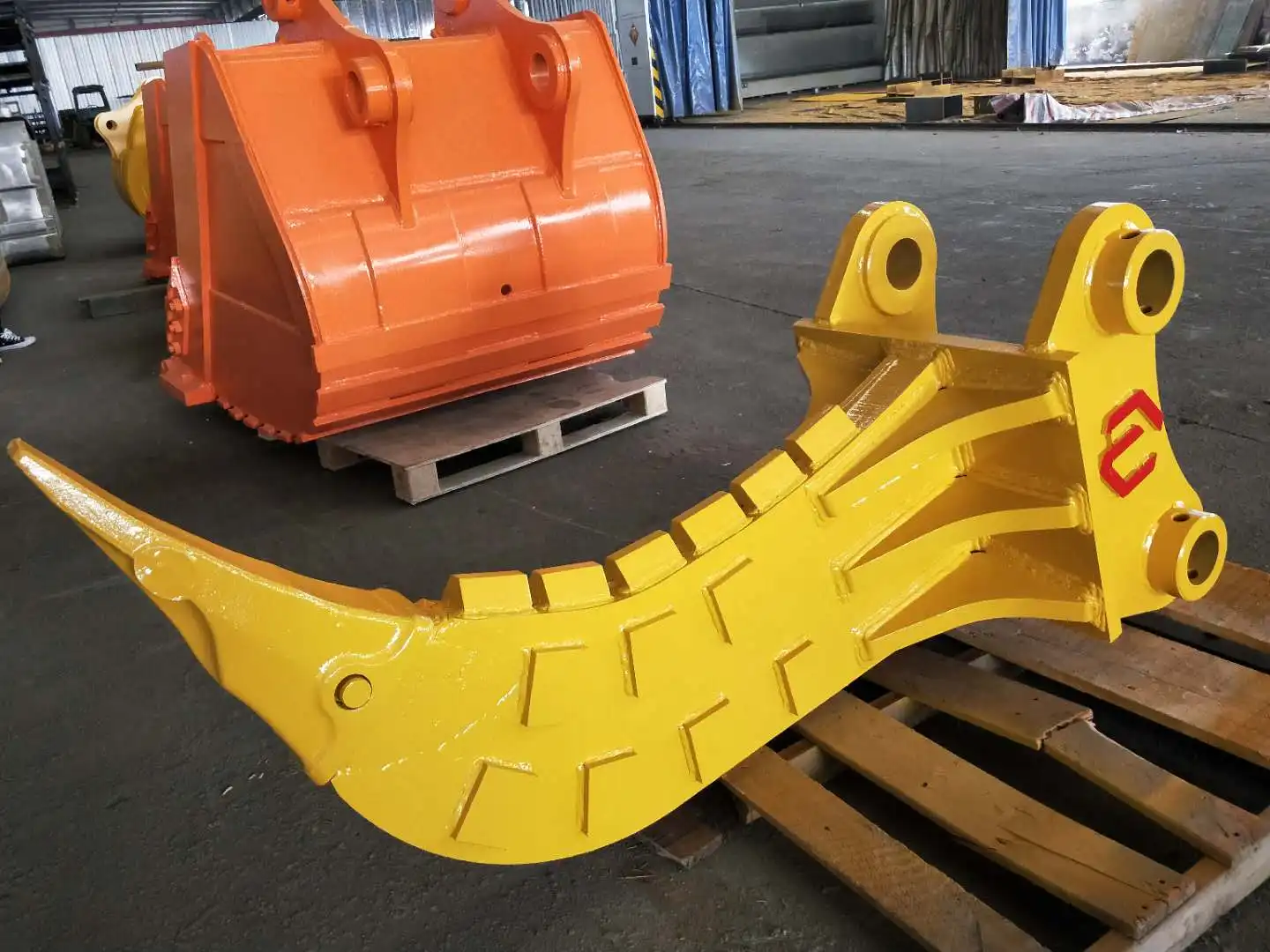
Performance in Hard Soil and Rock
When confronted with compacted soil, bedrock, or frozen ground, excavator ripper attachments demonstrate remarkable superiority over traditional tools. The concentrated force delivered through the hardened steel tooth of a ripper penetrates resistant surfaces with precision and power that conventional buckets simply cannot match. Traditional excavation often requires multiple passes or pre-blasting in these conditions, dramatically increasing project duration and costs.
The strategic design of modern rippers incorporates advanced metallurgy and engineering principles that maximize penetration power while minimizing wear. Unlike conventional buckets that scrape ineffectively against hard surfaces, rippers leverage the excavator's hydraulic power to drive downward with tremendous force, creating fractures that make subsequent material removal significantly easier.
Adaptability to Varying Conditions
Modern excavation projects rarely present uniform conditions throughout a site. Terrain variations demand equipment flexibility that traditional tools struggle to provide. Ripper attachments excel in transitional areas where soil composition changes unexpectedly or where isolated rock formations interrupt otherwise manageable terrain.
The hydraulic positioning capabilities of quality rippers allow operators to adjust attack angles precisely, optimizing performance as conditions change. This adaptability eliminates the costly downtime associated with switching between multiple traditional tools when encountering varied substrates.
Breaking Through Limitations
Traditional excavation approaches often reach their practical limits when encountering extremely hard materials or when working in environmentally sensitive areas where blasting poses unacceptable risks. Rippers bridge this capability gap by providing sufficient breaking force without the disturbance, permitting requirements, or safety concerns associated with explosives.
The concentrated breaking action of a well-engineered excavator ripper creates manageable fragments rather than the unpredictable debris patterns typical of blasting operations. This controlled fracturing simplifies subsequent material handling and reduces secondary processing requirements substantially.
Speed and Efficiency
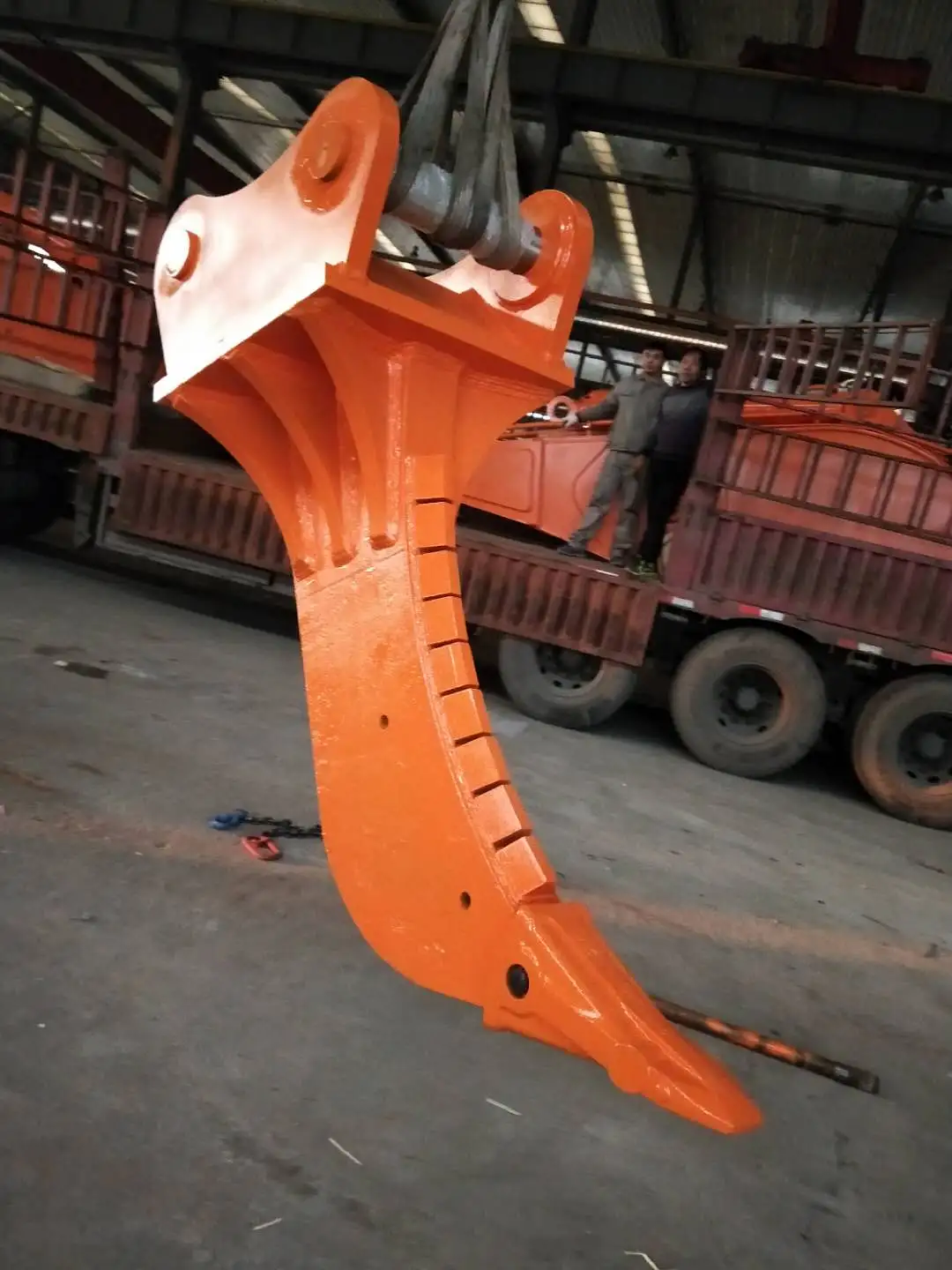
Productivity Comparisons
Time studies across multiple construction and mining operations consistently demonstrate that ripper-equipped excavators can achieve productivity gains of 30-45% over traditional methods when working in challenging terrain. This efficiency stems from the ripper's ability to break material in a single pass that would require multiple approaches with conventional tools.
The hydraulic power transmission in modern excavator ripper designs maximizes energy transfer from the machine to the material, whereas traditional tools often lose significant force through deflection or slippage when contacting resistant surfaces. This improved energy efficiency translates directly into faster project completion and reduced machine hours.
Fuel Consumption Analysis
Equipment operating costs significantly impact project profitability, with fuel consumption being a primary concern. When compared with traditional approaches that might require multiple machines or extended operation time, ripper attachments typically demonstrate 15-25% lower overall fuel usage to accomplish equivalent work in hard conditions.
The focused breaking action of a ripper creates less resistance during operation compared to the broad scraping action of conventional buckets attempting to handle unsuitable materials. This reduced resistance means the excavator's engine operates more efficiently, extending maintenance intervals while reducing carbon emissions.
Operational Workflow Improvements
Beyond raw productivity numbers, ripper attachments transform excavation workflows by eliminating many of the procedural bottlenecks associated with traditional methods. The seamless transition between breaking and removing material—often possible with the same machine through quick-coupler systems—dramatically streamlines operations.
Project managers report significant reductions in scheduling complications when utilizing rippers instead of coordinating multiple specialized machines or blasting operations. This simplified logistics chain reduces administrative overhead and minimizes the risks of delays that commonly plague complex excavation projects using conventional approaches.
Safety
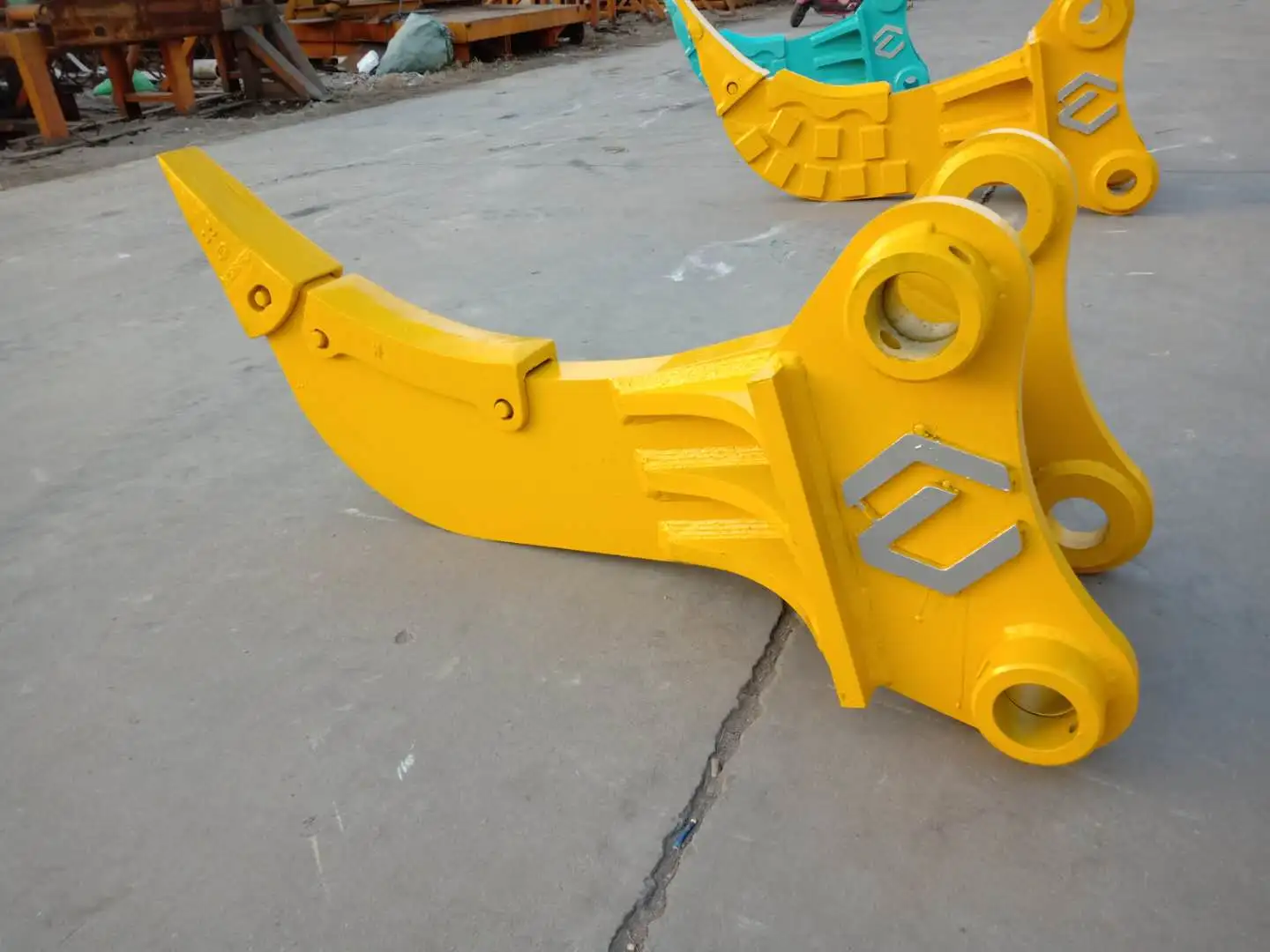
Reduced Physical Hazards
Operator safety receives paramount consideration in modern construction practices, and ripper attachments offer substantial improvements over traditional excavation methods. The controlled breaking action of a properly deployed excavator ripper creates predictable material fracturing patterns that minimize dangerous flyrock and unexpected collapses common with blasting or hammering operations.
The distance between the operator and the working area increases significantly when using rippers compared to manual methods sometimes employed for difficult spots, keeping personnel away from zones with falling debris or unstable formations. This physical separation represents one of the most important safety advantages in high-risk excavation scenarios.
Vibration and Noise Reduction
Occupational health concerns extend beyond immediate physical dangers to include long-term exposure risks. Traditional percussion tools generate significant vibration that transfers through equipment to operators, potentially contributing to debilitating conditions like hand-arm vibration syndrome with prolonged exposure.
Modern ripper designs incorporate vibration-dampening technologies that protect both equipment and operators. Similarly, the tearing action of rippers generally produces lower noise levels than impact-based alternatives, reducing hearing damage risk and allowing for operation in noise-sensitive areas where traditional methods might face restrictions.
Environmental Safety Considerations
Beyond human safety, environmental protections increasingly influence equipment selection decisions. Ripper attachments minimize ground disturbance beyond the immediate work area, preserving adjacent soil stability and reducing erosion concerns that commonly accompany more aggressive traditional excavation approaches.
The precision control possible with hydraulic rippers also enables more accurate work around sensitive infrastructure or protected natural features. This targeting capability prevents unintended damage to underground utilities, tree root systems, or archaeological features that might be compromised by less discriminating traditional methods.
FAQ
1. How does ripper maintenance compare to traditional excavation tools?
Ripper attachments typically require less frequent maintenance than impact-based alternatives like hydraulic hammers, primarily due to fewer moving parts and reduced operational vibration. Key maintenance focuses include replacing wear points (teeth), monitoring hydraulic connections for leaks, and regular inspection of mounting hardware. Most operators report 15-30% lower maintenance costs compared to equivalent traditional excavation equipment over comparable operating periods.
2. Can rippers replace the need for blasting entirely?
While rippers substantially reduce blasting requirements, they cannot completely eliminate the need in all scenarios. Very hard, massive rock formations exceeding approximately 80-100 MPa compressive strength may still require blasting or specialized ultra-heavy rippers. However, many projects previously dependent on regular blasting schedules have successfully transitioned to primary reliance on ripper technology with blasting reserved only for exceptional circumstances, significantly reducing associated permitting requirements and environmental concerns.
3. What size excavator is needed for effective ripping operations?
Effective ripping generally requires excavators in the 20-ton class or larger for challenging materials, though specialized smaller rippers exist for compact machines when working with less resistant materials. The critical factors include the machine's hydraulic pressure and flow capabilities rather than merely weight class. Most manufacturers provide compatibility charts matching ripper models to appropriate carrier specifications to ensure optimal performance.
4 . How does weather affect ripper performance versus traditional methods?
Ripper attachments demonstrate superior performance in adverse weather conditions compared to many traditional approaches. Frozen ground that might stall conventional buckets becomes manageable with properly applied ripping techniques. Additionally, rippers can continue operations in wet conditions where blasting might be impractical due to safety concerns with water-exposed explosives or detonators. The enclosed hydraulic systems of quality rippers remain reliable across extreme temperature ranges with appropriate fluid selections.
Excavator Ripper For Sale
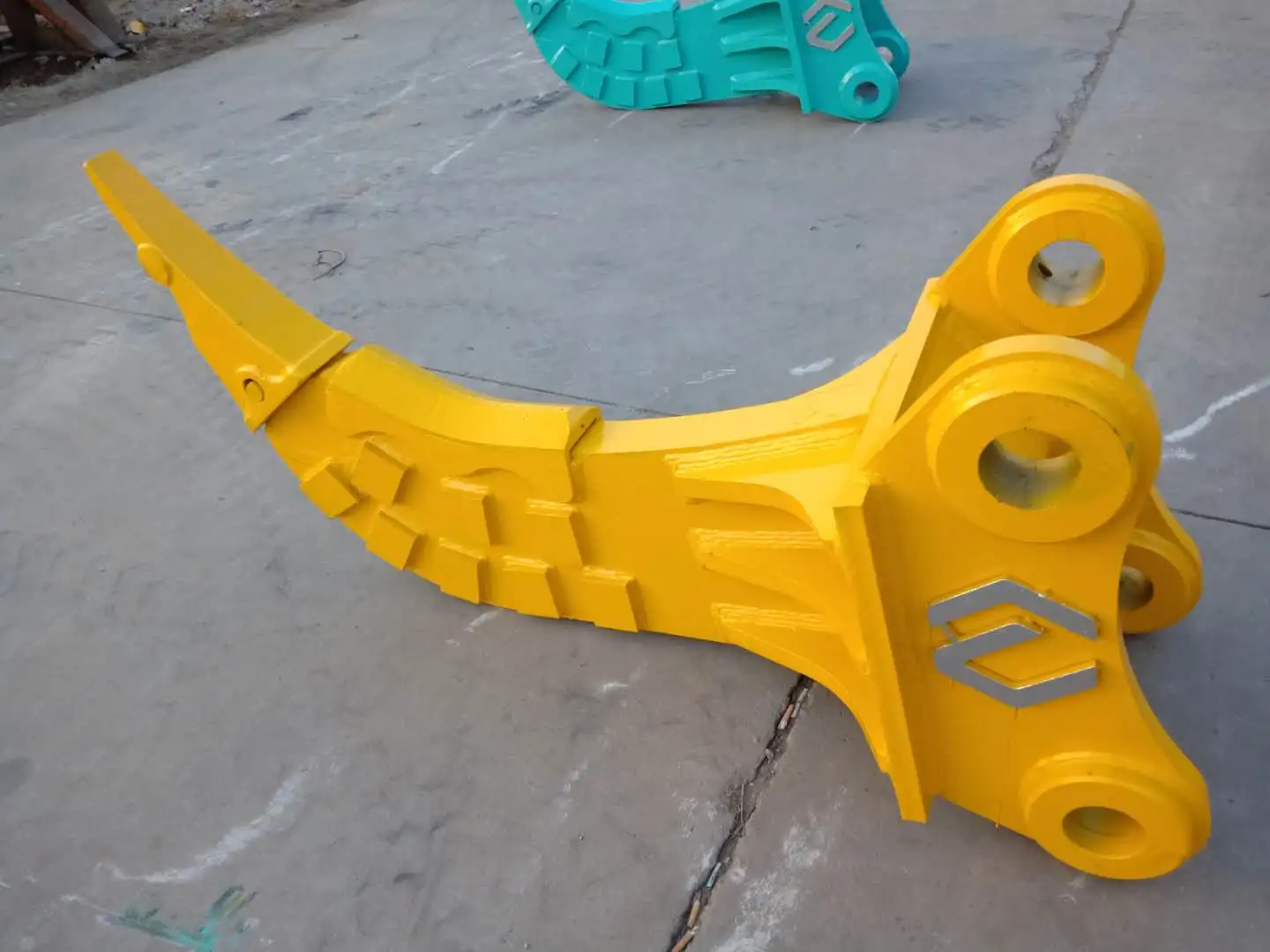
Want to enhance the efficiency and effectiveness of your excavation projects? Tiannuo Machinery's excavator rippers are the key. Our rippers are designed to work with a variety of machine weights and material strengths, from 3-5T to 31-35T. They also feature different board thicknesses and materials to meet different operational needs. Don't hesitate. Reach out to us at arm@stnd-machinery.com, rich@stnd-machinery.com, or tn@stnd-machinery.com to find out more and equip your machinery with our high-quality rippers.
References
Johnson, H.R. (2023). Modern Excavation Technologies in Heavy Construction Applications. Construction Engineering Journal, 45(3), 218-234.
Petroski, R.L. & Martinez, K.T. (2023). Comparative Analysis of Breaking Methods in Hard Rock Excavation. Mining Technology Review, 38(2), 92-107.
Zhang, W., Thompson, J.L., & Iverson, D.R. (2024). Equipment Selection Optimization for Railway Construction Projects. Journal of Transportation Infrastructure, 29(1), 54-71.
Hernandez, S.A. (2023). Environmental Impact Assessment of Mechanical Rock Breaking vs. Traditional Blasting. Environmental Engineering Science, 41(4), 312-328.
Wilson, T.G. & Nakamura, H. (2024). Occupational Safety Advancements in Modern Excavation Equipment. Journal of Construction Safety, 19(2), 178-193.
Lundberg, E.T., Chen, X., & Al-Farsi, M. (2023). Economic Analysis of Equipment Selection for Hard Material Excavation. International Journal of Construction Economics, 27(3), 415-429.
About Author: Arm
Arm is a leading expert in the field of specialized construction and railway maintenance equipment, working at Tiannuo Company. Tiannuo specializes in manufacturing a wide range of products, including railway maintenance equipment like railway sleeper changing machines and screening machines, excavator modification equipment such as excavator lifting cabs, various engineering arms for excavators, excavator accessories like digging buckets, and engineering vehicle auxiliary equipment like loader buckets.
YOU MAY LIKE
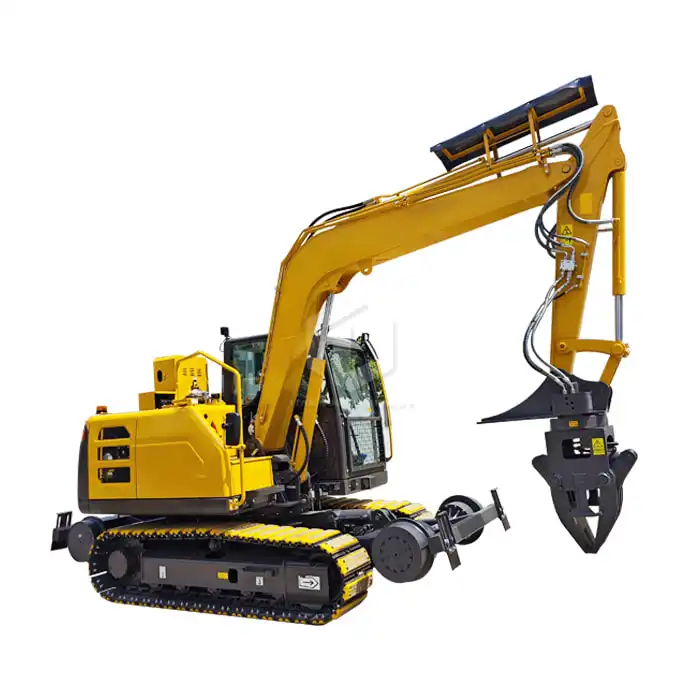 VIEW MORERailway Sleeper Changer
VIEW MORERailway Sleeper Changer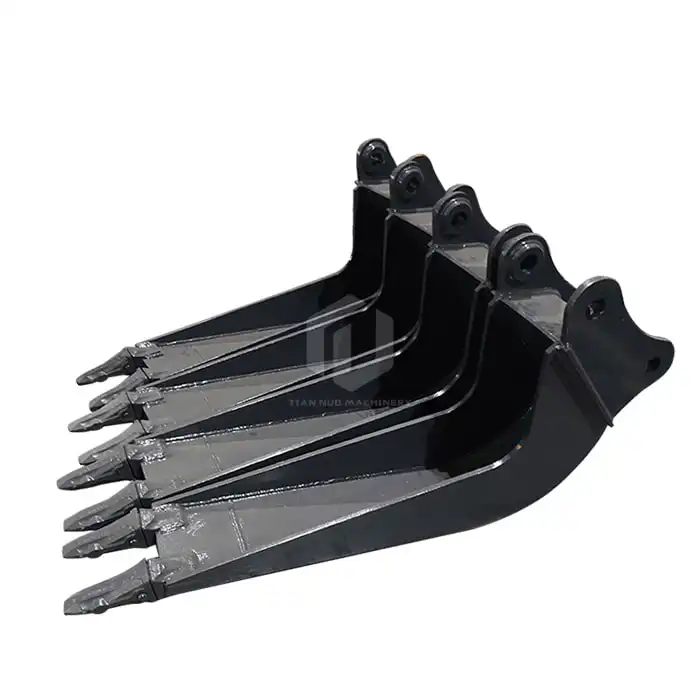 VIEW MOREExcavator rock single hook
VIEW MOREExcavator rock single hook VIEW MOREExcavator ballast cleaning hopper
VIEW MOREExcavator ballast cleaning hopper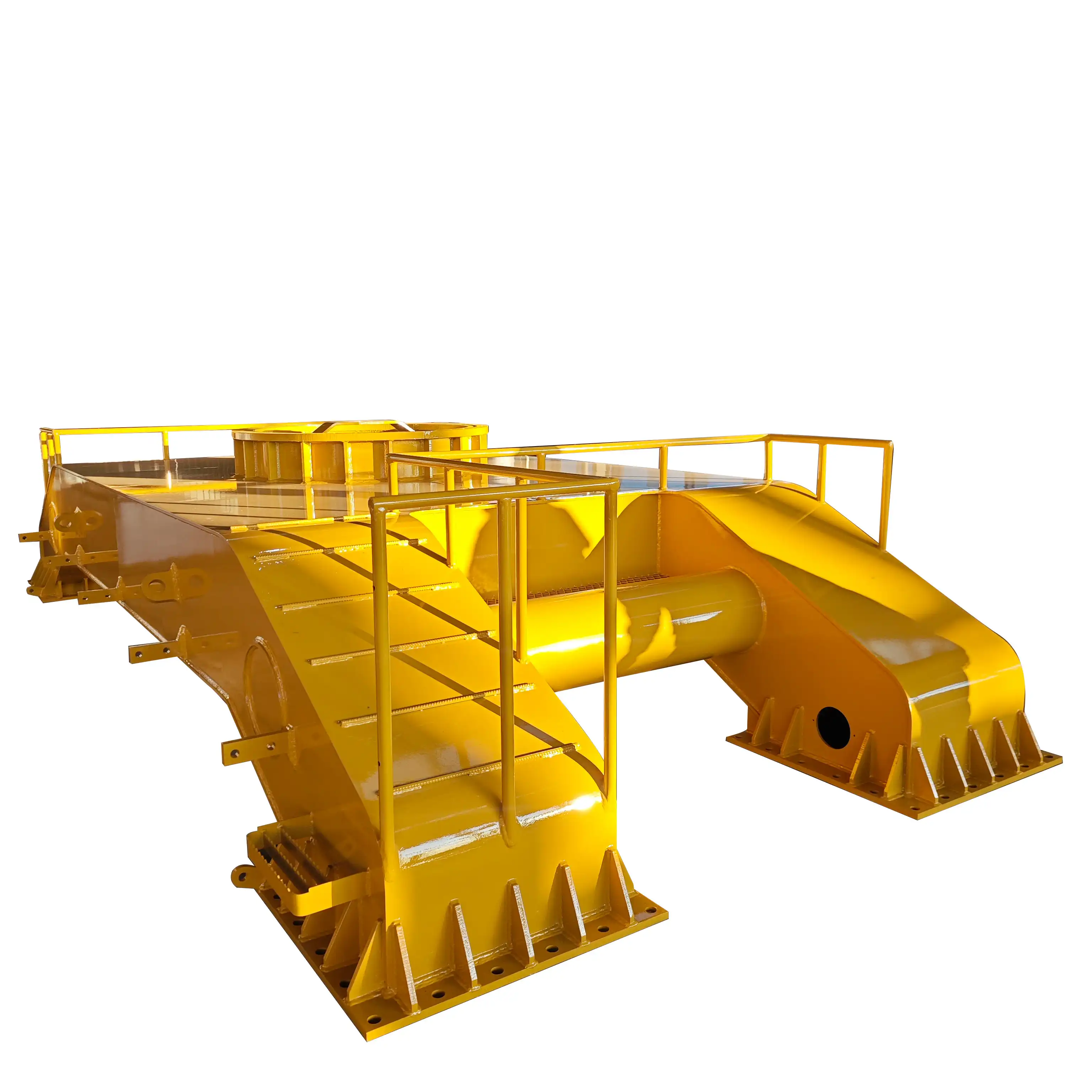 VIEW MOREStaddle excavator
VIEW MOREStaddle excavator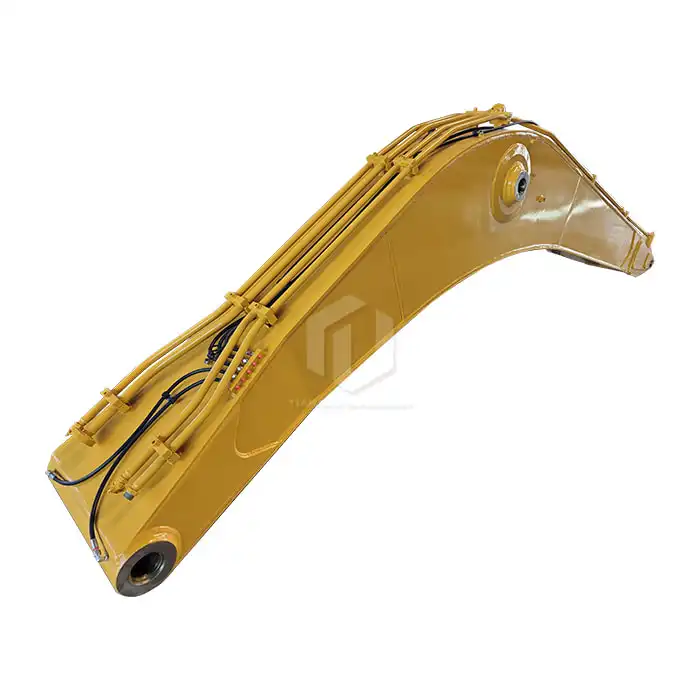 VIEW MOREStandard Size Excavator Boom And Arm
VIEW MOREStandard Size Excavator Boom And Arm VIEW MOREExcavator High Altitude Demolition Arm
VIEW MOREExcavator High Altitude Demolition Arm VIEW MORESeaside Excavator Heightening Column
VIEW MORESeaside Excavator Heightening Column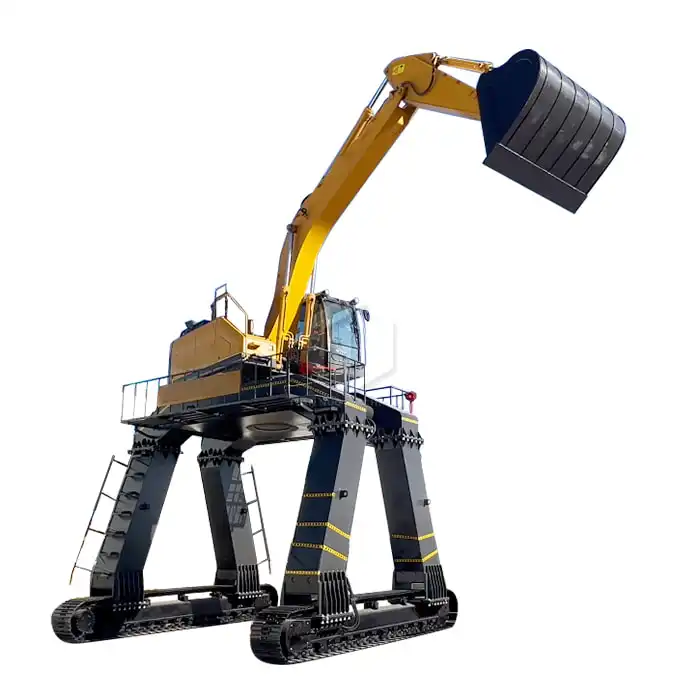 VIEW MOREUnloading Train Excavator Long Legs
VIEW MOREUnloading Train Excavator Long Legs

